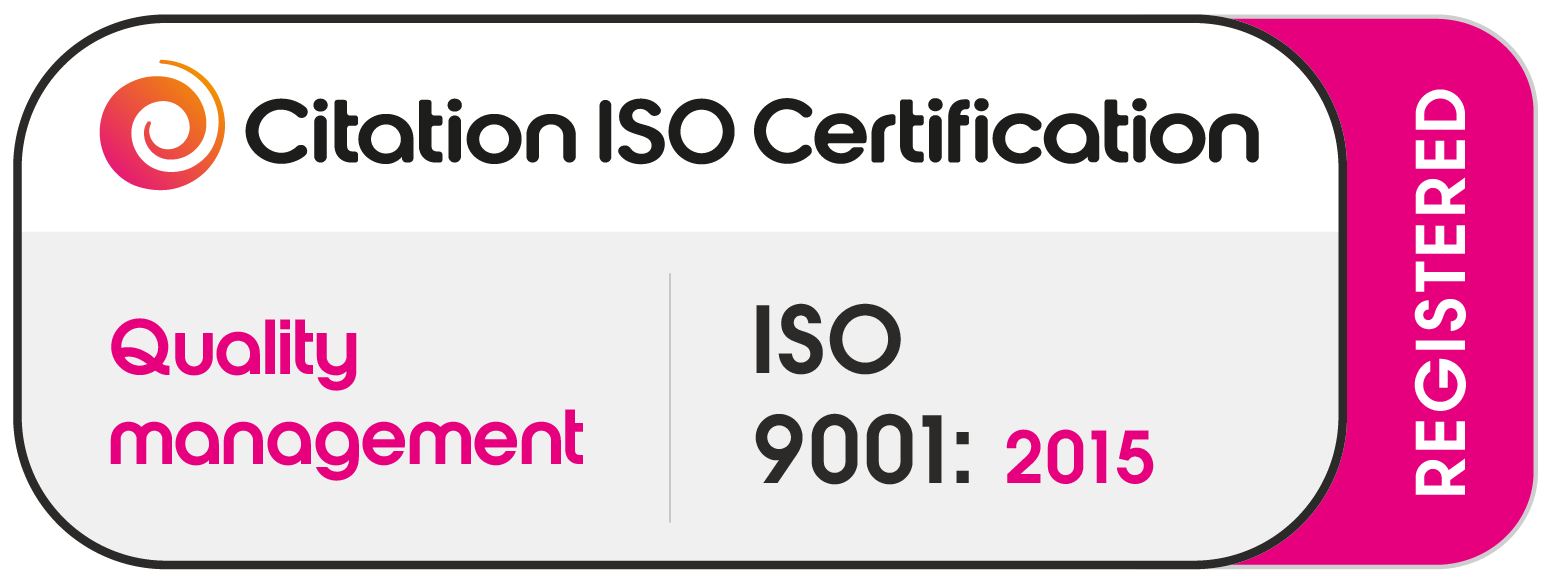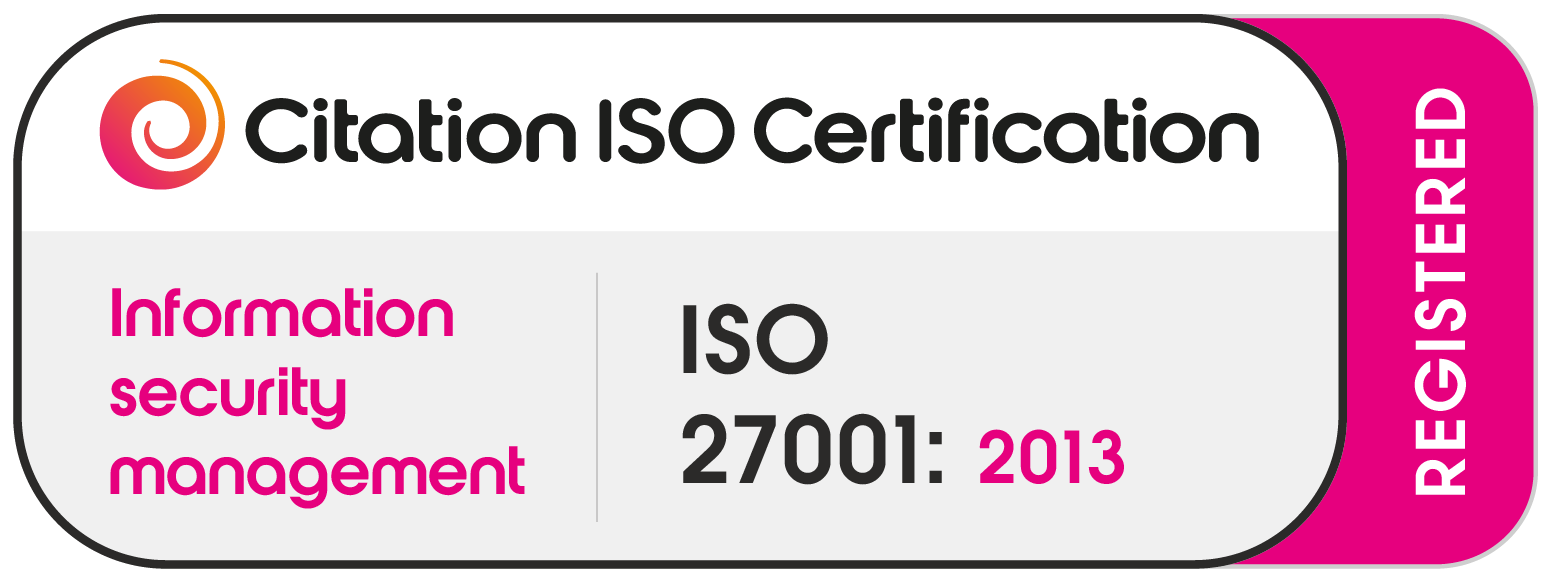Founder, beware
Many founders I speak with are frustrated with the pace of their tech team. Tasks that once took mere hours now stretch over weeks, and fresh suggestions are often met with intricate reasons explaining their infeasibility. The risk of Engineering Lethargy killing the venture can grow, so be aware.
Whether it’s a battle of egos, divergent visions, or simply dwindling enthusiasm, a consistent thread weaves through these narratives – a glaring communication gap and the delicate dance founders find themselves performing around their tech leads.
I am writing this blog for a dear friend as she is about to go on the SaaS startup journey for the first time. I hope it’s useful for others also on the same journey.
The dream
Starting a SaaS company is a whirlwind of excitement. Ideas, brainstorming sessions, and initial product development are rushed. But as Paul Graham aptly illustrated in his Startup Curve, after this euphoria, many startups enter the “Trough of Sorrow.”
This Podcast featuring Airbnb’s Joe Gebbia he explains how they navigated this difficult period:
It’s a space where initial excitement ebbs, especially if the company struggles to find product-market fit. But underpinning that situation is the risk of engineering lethargy – where the output level has declined for various reasons – most notably motivation.
The High of Beginning
Launching a startup feels like shooting a rocket. There’s fuel, energy, and a trajectory everyone is aiming for.
As Seth Godin states in his book “The Dip”. The initial stages are marked with hope and optimism. But what happens when the rocket doesn’t reach orbit? Or worse, it starts descending rapidly?
The Crash: The Elusive Product-Market Fit
Many SaaS founders will tell you about the “Crash” – the daunting realisation that achieving product-market fit is not as straightforward as hoped. While many revere Steve Jobs in the startup realm, it’s worth noting that he had the rare fortune of initial products that were immediate hits.
This descent often represents the need for product-market fit. In “The Lean Startup”, Eric Ries emphasises the moment when startups have to choose: persevere or pivot. This period is not just about making strategic decisions but also about dealing with morale. The absence of tangible success can be disheartening.
Engineering Lethargy
An often-underestimated challenge during this phase is the ‘engineering lethargy’. Engineers, the ones who are often the first soldiers in this battle, face a problem. The initial rush of building fades. With systems in place and routines becoming monotonous, the dynamism can disappear.
Daniel Pink’s “Drive” offers an insight here. While the startup began with a promise of autonomy, mastery, and purpose, that sense of purpose might become blurred as structures solidify. The freedom that engineers loved might become compromised, and the mastery they sought might now be confined to narrow segments.
Moreover, as time progresses, personal lives also intervene. Engineers may have other commitments, personal projects, or even potential offers from companies that offer a more stable environment.
The Jeopardy of Fading Momentum
This inertia can be dangerous. In “The Hard Thing About Hard Things, ” Ben Horowitz discusses founders’ emotional challenges, especially when things go sideways. The company’s success is directly proportional to the team’s commitment and energy. If the core team’s enthusiasm wanes, it threatens the very fabric of the startup.
On LinkedIn last week, I noticed the suggestion that VCs should have an in-house psychologist/therapist. I agree with the sentiment, but the service should come from an unbiased party so that the founder can be assured information will not go back to the funding party.
Navigating the Slump
So, how do you navigate this slump?
- Deadlines and Guardrails. Ensure clear deadlines have been defined and communicated and help the team deliver successfully.
- Reignite Purpose: Revisit your mission. Why did you start? Daniel Pink emphasises purpose as a key motivator. Sometimes, realigning the team with the bigger picture can make a difference.
- Encourage Autonomy: Give your engineers the space to innovate and express their creativity. This might mean hackathons, passion projects, or even sabbaticals.
- Mental Health Focus: Recognise the signs of burnout and address them head-on. A short break, counselling, or even team-building exercises can rekindle the lost spark.
- Revisit Goals: Noam Wasserman’s “Founder’s Dilemmas” emphasises aligning team goals. It may be time for a refresher or even a realignment.
Keep It Commercial
The startup journey is dynamic. It’s filled with highs, lows, and plateaus. The key is to recognise these stages and act proactively. As founders, understanding and working upon ‘engineering lethargy’ might be the pivotal move that saves the game.
Yet one piece of advice was common for founders experiencing this issue – focus on growing commercially. Whilst it’s easy to get dragged into numerous technology-laden warren holes, it’s better to focus on the commercial matters.
Growing the firm improves the livelihood and security for all; new wins create positivity and more resources, well, allow more resources. Therefore, allowing new blood into the team and possibly re-igniting from a new perspective and energy. So, in a nutshell, don’t get distracted in and grow your business.
What do you think?
As the SaaS industry matures, do you think the challenge of engineering lethargy will intensify or diminish? Why?







